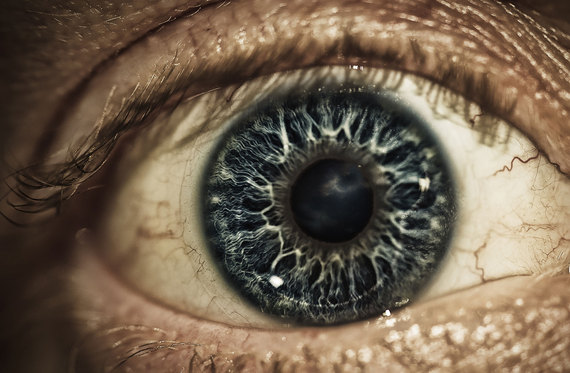Studying sleep is a notoriously difficult enterprise. Just determining how much the average American sleeps is little more than a recreational errand, as Van Winkle’s reported in June. Whether it’s a survey about sleeping habits or sexual activity, self-reporting leaves data open to misreporting, exaggeration and maybe outright lying. Even with the current proliferation of gadgets and apps, scientists are unlikely to arrive at a reliable consensus anytime soon.
And that’s looking at healthy subjects. The problem is compounded even further when scientists turn their attention to insomniacs. Lab-based sleep studies are false environments, often unable to yield reliable data that can be applied to the patient’s home life. Misreporting may be an even bigger problem, according to a 2012 study:
It turns out that many people are terrible judges of how much shut-eye they get. That is especially true for those who have insomnia. Many people with insomnia think they sleep much less than they actually do. They tend to misjudge how long it takes for them to fall asleep and how often they wake up during the night. Sometimes people can even mistake being asleep for being awake.
The disconnect between perceived and actual sleep reveals a striking fact about insomnia: You can have insomnia and still get an adequate number of hours of sleep. New research is showing that insomnia is less about the amount you sleep and more about what your brain does during sleep.
“By contrast,” the Wall Street Journal’s Andrea Petersen writes in a recent exploration of this subject, “people who don’t sleep much overestimate how much they sleep.”
No one is suggesting that insomniacs are liars, or even exaggerators. One man’s hard eight is another man’s shitty night’s sleep. Quality counts:
[S]ome research has revealed that people with insomnia have more high-frequency brain waves—ones that are usually associated with wakefulness—while they are sleeping.
“People seem like they are not wholly unconscious,” says Michael Perlis, director of the Behavioral Sleep Medicine Program at the Perelman School of Medicine at the University of Pennsylvania. “There is more sensory processing, more information processing, more short- and long-term memory than you should have in an unconscious state.
And that’s what really caught my attention in Petersen’s coverage. Insomniatic brains may function differently.
According to the University of Pittsburgh School of Medicine’s Daniel J. Buysse, PET scans of insomniacs and “normal sleepers” reveal marked differences. The “default mode network” in the former’s brains are more active during sleep. It’s this part of the brain that fires when our minds “wander” and during self-reflective periods.
Buysse’s conclusion? “Insomnia is not the problem of too little sleep. It is the problem of too much brain activation,” he told the Journal.
If identifying the problem is the first step to fixing it, this may give hope to chronic insomniacs. Petersen points to current techniques and technologies that may help insomniacs settle down their over-enthusiastic gray matter, including mindfulness meditation, cognitive behavioral therapy and transcranial magnetic stimulation.
-- Jeff Koyen
Read more at Van Winkle's
